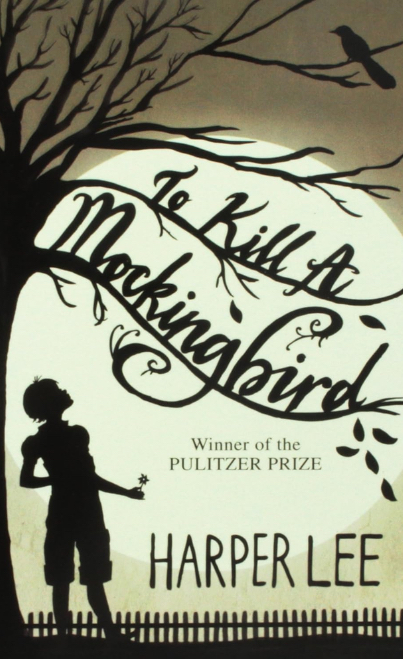
To Kill a Mocking ird is an-easy-to-follow book for most people. Set in the quiet town of Maycomb, Alabama, during the 1930s, To Kill a Mockingbird unfolds against the backdrop of the Great Depression and entrenched racial segregation in the American South. The story was based on the author’s childhood in Monroeville, Alabama when she was ten. Harper Lee’s novel masterfully captures the tensions of a time when justice and morality were constantly at odds with prejudice and tradition.
The story is told through the eyes of young Scout Finch, from her six to eight years old, whose innocence stands in evident contrast to the bitter truth that surrounds her. Alongside her brother Jem and her father, Atticus Finch – a lawyer of exceptional moral integrity – the children witness the trial of Tom Robinson, a black man falsely accused of raping a white woman. Through these characters, Lee brings to life a world deeply marked by racial injustice, yet one that is not devoid of hope – a beacon of light in the darkness.
One of the novel’s most poignant themes is the destructive power of prejudice, best summed up in the phrase: “People generally see what they look for and hear what they listen for.” This phrase serves as a reminder of how social prejudice shapes perception and justice.
The metaphor in the title, “To Kill a Mockingbird,” is a powerful symbol representing the sin of harming innocence. The minstrels, as Atticus explains, “don’t do one thing, but they make music for us to enjoy.” In this story, Tom Robinson and Boo Radley are the symbolic mockingbirds – gentle souls judged and harmed by a society that fails to see their humanity.
The name Calpurnia, given to the Finch family’s black housekeeper in To Kill a Mockingbird, carries historical and symbolic weight. Calpurnia is a Latin name famously associated with Julius Caesar’s wife, known for her wisdom and prophetic dreams. Harper Lee’s choice to give this classic name to a black woman in the segregated American South may reflect a quiet resistance to the racism of the time. The name bestows on Calpurnia dignity, strength, and moral authority – traits she consistently displays throughout the novel. Like her Roman namesake, she often senses danger and serves as a guide to the Finch children, introducing them to the black community and helping to shape their moral understanding. The name may also subtly criticize Southern norms, where white families sometimes gave grand names to black servants, denying them respect. In Calpurnia’s case, however, the name fits her personality: wise, principled, and quietly powerful.
The novel’s message remains deeply relevant, and its enduring power is echoed in President Lyndon B. Johnson’s words during the signing of the Civil Rights Act of 1964: “We believe that all men are created equal. Yet, too many are denied equal treatment. Their cause must also be ours.” This quote reflects the spirit of To Kill a Mockingbird – a call to recognize our shared humanity and confront injustice, no matter how deep-rooted.
In conclusion, Harper Lee’s To Kill a Mockingbird is a timeless exploration of conscience, courage, and compassion. It is both a historical document and a moral compass, reminding readers that the fight for justice begins with understanding—and the willingness to see ourselves as we truly are.
